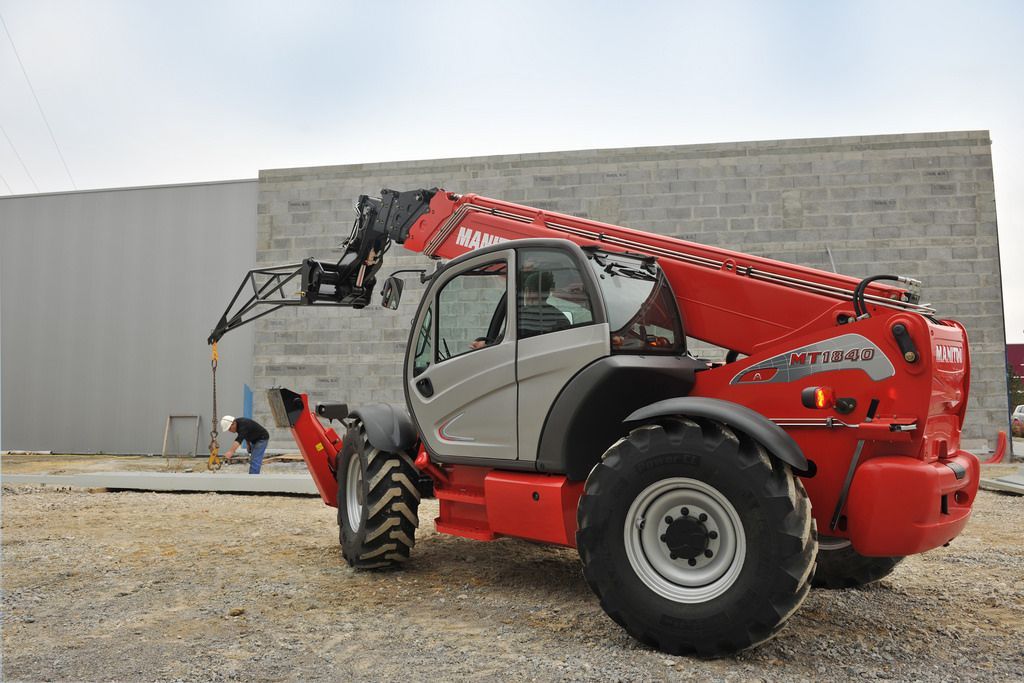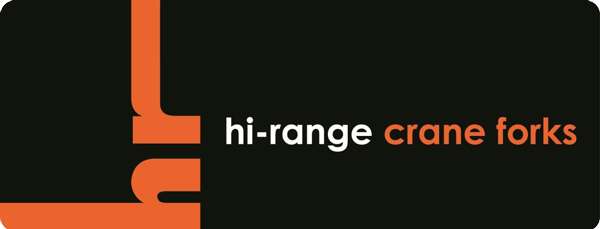28/04/2020

Slide title
Write your caption hereButton
Firstly, what is a Telehandler?
A telehandler, also known as a telescopic handler, is a lifting machine primarily used in the construction industry to carry loads up to hard to reach areas. This versatile piece of equipment combines the benefits of a crane, a forklift and an elevating work platform. Suitable for a range of applications, this multi-functional machine can lift everything from pallets and steel bars to industrial pipes, timber and concrete blocks.
If you have decided that a telehandler is the right machine for your next construction project, then there are a few steps you will need to take to ensure your workers are safe on-site while the telehandler is in use. In this blog, we have outlined some important factors you should consider and basic things you should know about safely using a telehandler on your worksite
Choosing the Right Telehandler for Your Job
The first and one of the most important steps of using a telehandler safely is picking the right telehandler for your specific job. It is crucial to understand how much you need to move on-site and comparing that to the capacity of the telehandler you are looking to hire. Ensuring that your load doesn’t exceed the telehandler’s capacity is important to avoid serious accidents such as the telehandler tipping. You will also want to ensure your telehandler has the right carriage and forks to be able to equally balance and strap your load in place.
Inspect the Telehandler Before Use
While also choosing the right telehandler for the job, it’s important to inspect the machine for any faults or damage that could become an issue on-site. When hiring a telehandler, you should always ask for service records and ensure the machine is in excellent condition ready for work.
Hiring a Skilled Operator
The most common risk when working with a telehandler is the loss of control over the machine. Therefore, is it critical that you hire an operator who is trained and ticketed for the telehandler you’re using on-site. Your operator should be familiar with the machine and have the relevant experience to feel confident carrying heavy materials across the site. Hiring a skilled operator is essential and this should be a priority for any worksite.
Ensure the Telehandler Can Access Your Site
Once you’ve found the right telehandler and operator for the job, the next safety step to consider is how the machine is going to access your worksite. If you’re working in a tight access area, then you should consider using a compact telehandler. Before the machine reaches your site, you’ll want to remove any obstacles from the telehandler’s access point to ensure it can access the site safely.
The Positioning of the Telehandler
Where you position the telehandler on-site is something you should also seriously consider. The telehandler needs to be positioned on a level surface, but if it must be on uneven terrain, then stabilisers or the hydraulic levelling function must be used. Also, when moving the telehandler into place, your operator must avoid jerky movements as this can cause your load to slip out of the forks.
Consider Overhead Obstacles
Working at a height can be quite dangerous if all safety measures aren’t considered. An important factor to consider after positioning the telehandler is ensuring there are no overhead obstacles. This includes powerlines, tree branches or other machines like booms from cranes. If there are obstacles, either move them or if they can’t be moved, reposition the telehandler.
7 Quick Safety Tips for a Telehandler Operator
Here are some important safety tips every operator should know when using a telehandler to handle heavy loads on the worksite.
- If you cannot see at least 2 metres in front of you (beyond the load), it is safer to drive backwards
- Always ask for assistance when moving unsurveyable loads
- Always keep forks 30cm off the ground and adjust the height on uneven surfaces if necessary
- Always tilt the carriage backwards
- Retract the telescopic boom when moving loads across large distances
- Avoid unexpected or jerky movements as this can cause the telehandler to tilt
- Always drive forward going uphill
Hire A Telehandler Today
At Hi-Range Crane Forks, we understand that working at heights is dangerous. That’s why we take the necessary steps to ensure all safety measures are considered when operating telehandlers on-site. With an extensive telehandler range and skilled operators, we can assist in the successful completion of your next project. Reach out to our team for wet and dry telehandler hire throughout New South Wales including Sydney, Newcastle, Wollongong, Campbelltown, Gosford and across the Central Coast. We offer competitive and affordable quotes that meet your budget.
Get a quote on rail track laying and more
Like what you see? Get in touch with our friendly team for more information on what services we can secure for your next rail construction project. Hi-Range Crane Forks can organise and assist with full-service rail construction packages and individual service contracts alike. From track clearing to installing continuous welded rail, our teams can provide assistance to commercial and civil projects of any size and scope across South Australia and New South Wales.
Contact Us
Questions? We've got answers.
